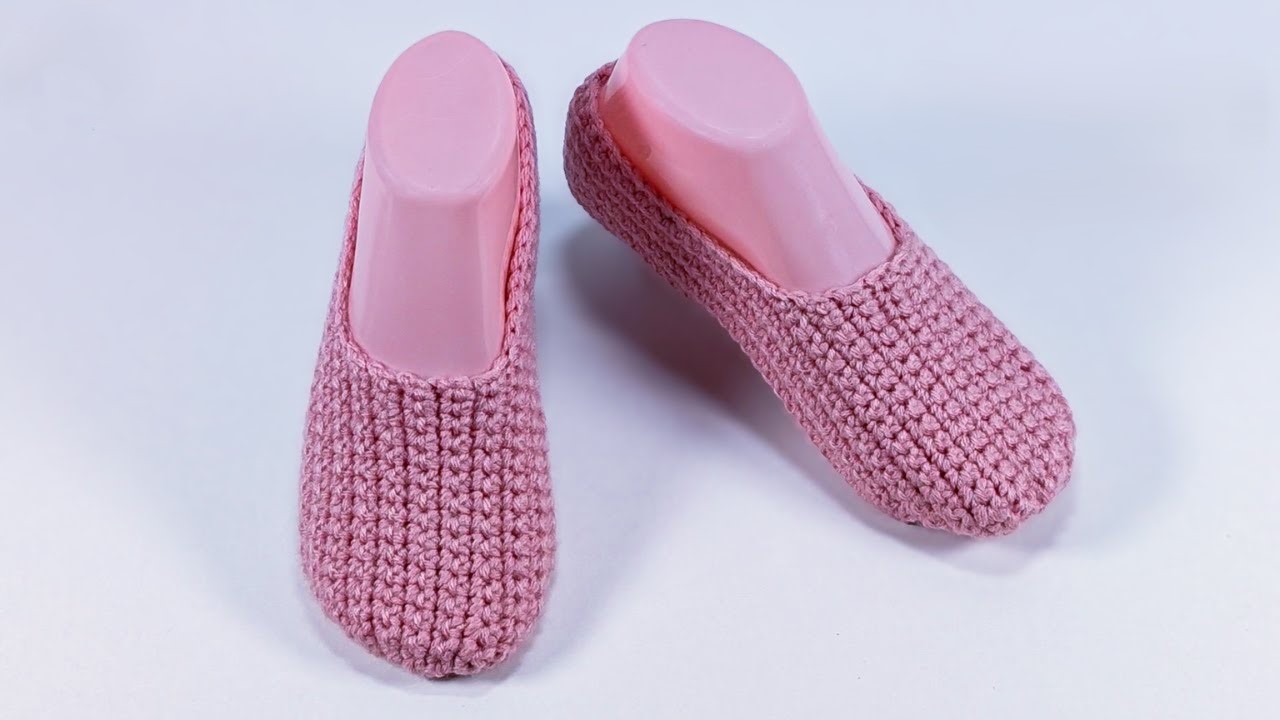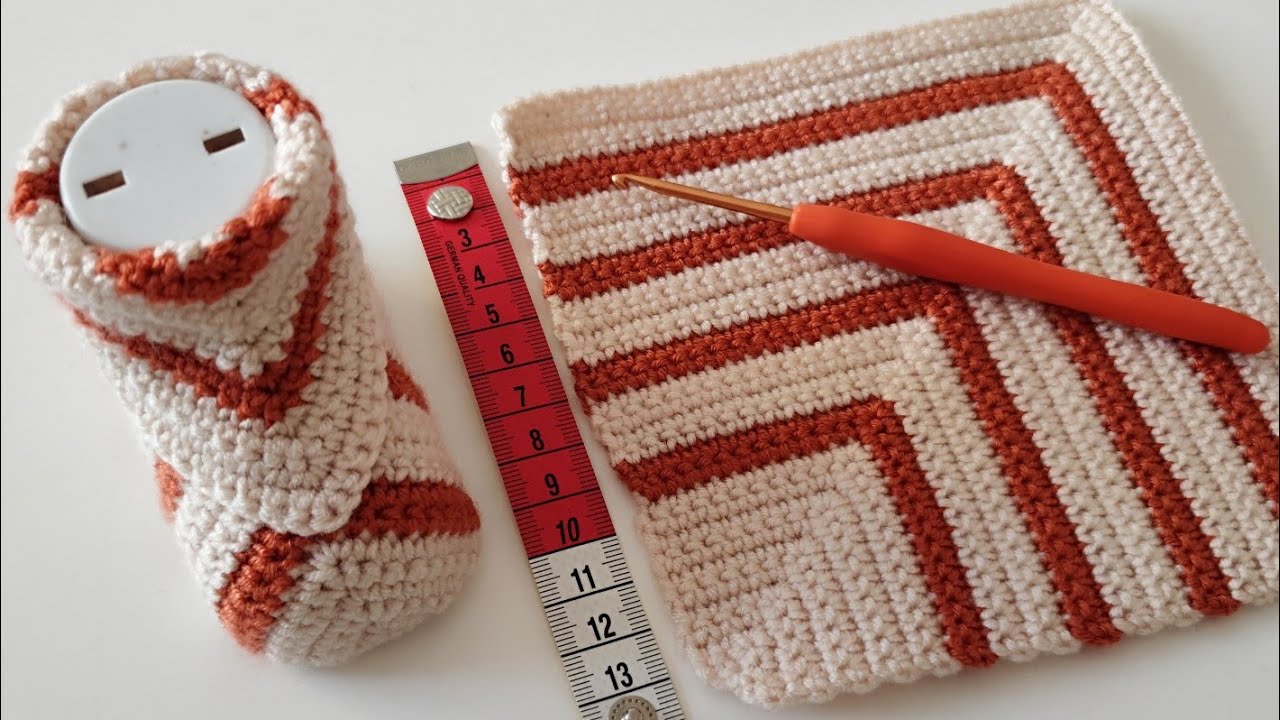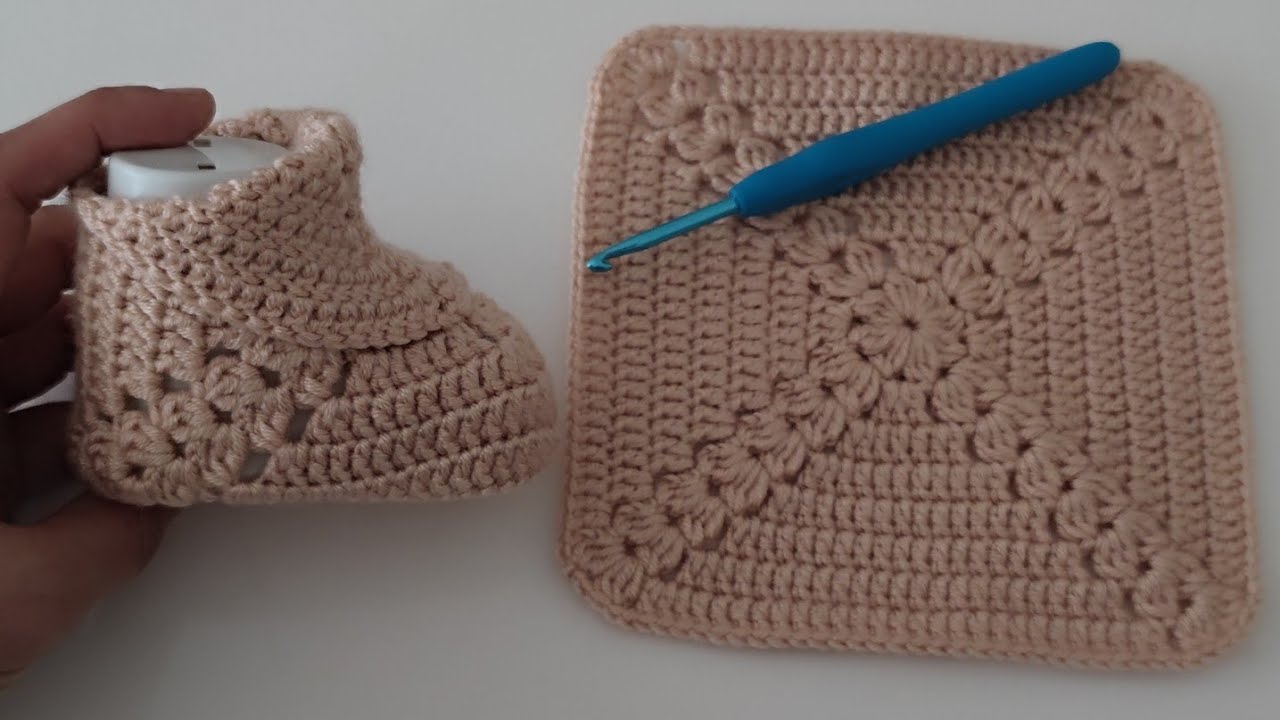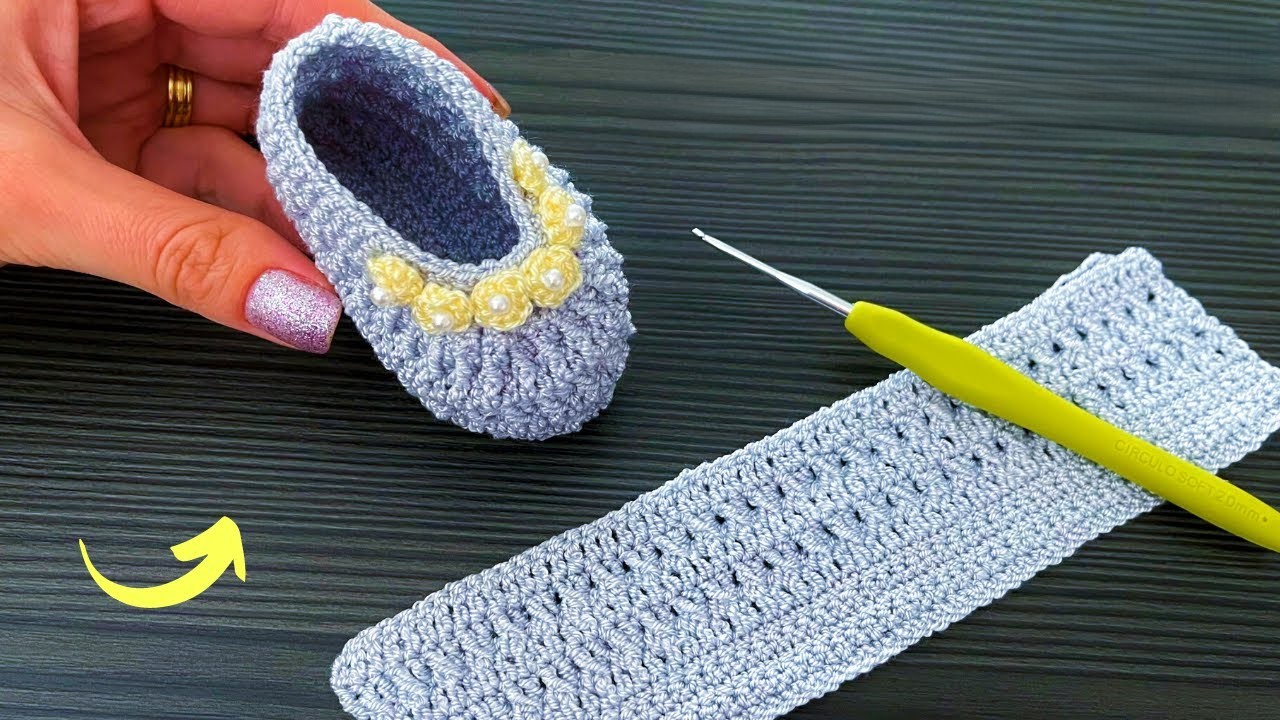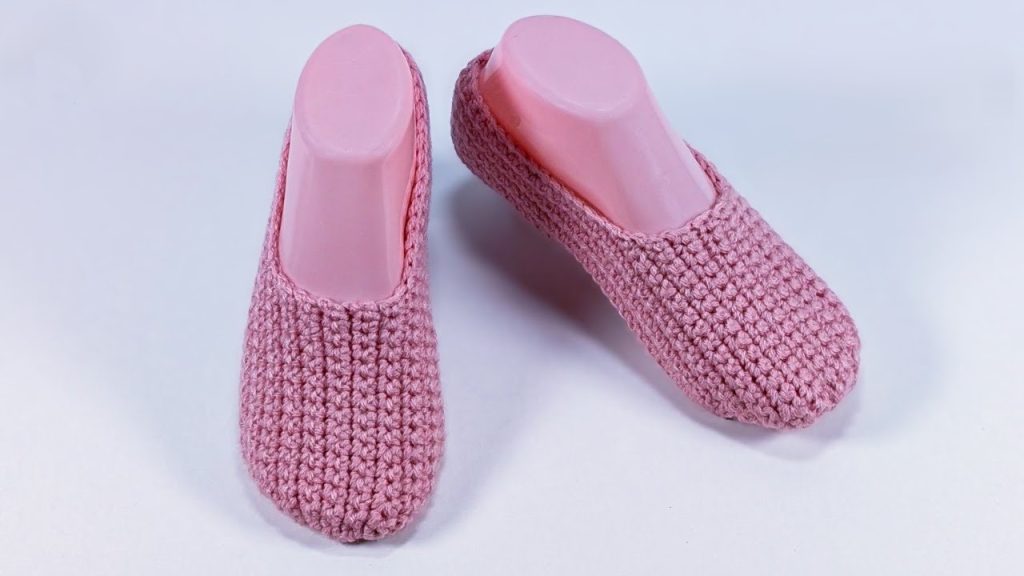
This pattern is for an adult women’s size US 7-8 (EU 38-39). Adjustments for other sizes are included at the end.
Skill Level: Easy to Intermediate (basic stitches, working in rounds, shaping)
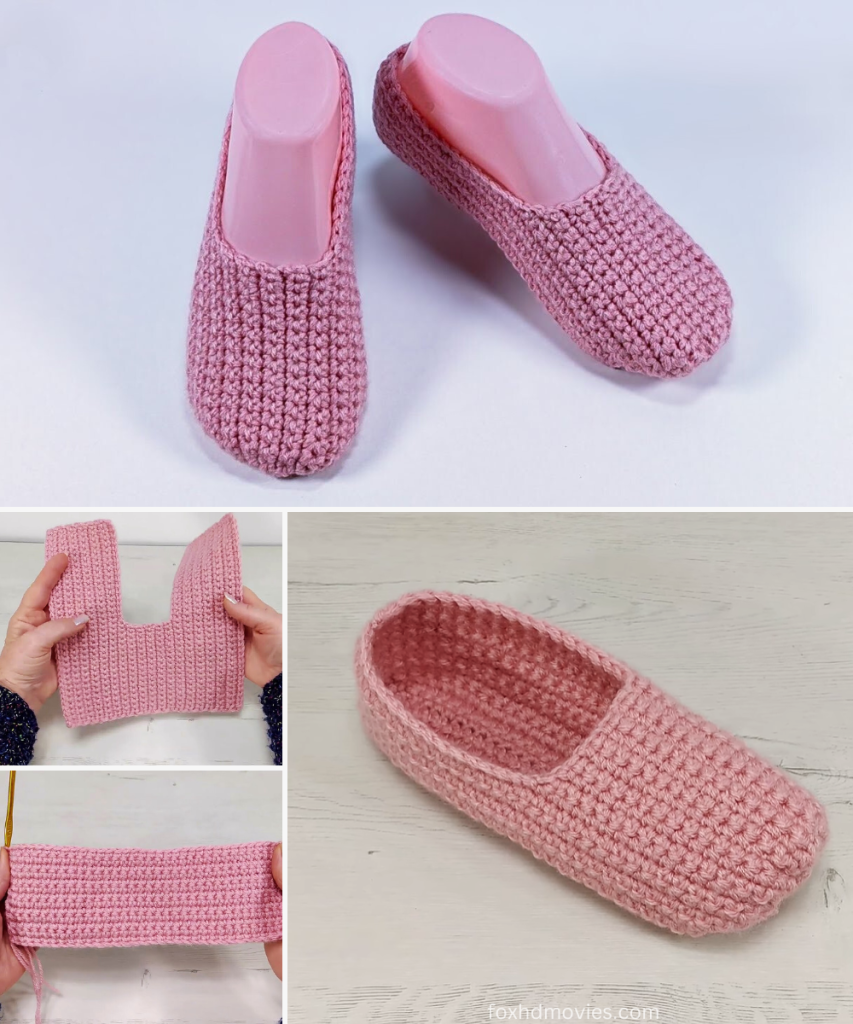
Materials:
- Yarn: Worsted weight (Aran/10 ply) yarn in one solid color (approximately 150-200 yards per pair). The image uses a dusty rose/pink. Choose a soft, durable yarn like acrylic, wool blend, or cotton blend for comfort and wear.
- Crochet Hook: H/8 (5.0 mm) or size needed to obtain gauge
- Tapestry Needle: For weaving in ends and seaming
- Scissors
- Stitch Markers (optional but recommended for marking rounds and shaping points)
Gauge (Important!): 13 half double crochet (hdc) stitches and 10 rows = 4 inches (10 cm) Always check your gauge! Adjust your hook size if necessary to ensure your slipper turns out the correct size.
Abbreviations (US Terms):
- ch: chain
- sl st: slip stitch
- sc: single crochet
- hdc: half double crochet
- hdc2tog: half double crochet 2 stitches together (decrease)
- st(s): stitch(es)
- rnd: round
- FO: fasten off
Pattern Notes:
- The slipper is worked from the toe upwards, mostly in continuous rounds, then a few rows for the heel opening.
- The entire slipper is primarily made with half double crochet stitches, which creates a dense, cozy fabric.
- The beginning ch 2 of each round counts as the first hdc.
- The sole is worked in oval rounds.
Part 1: Slipper Sole
Start by chaining for the length of your foot minus about 1-2 inches (this will be filled by the curved ends). For a US 7-8, this is typically about 20-22 chains.
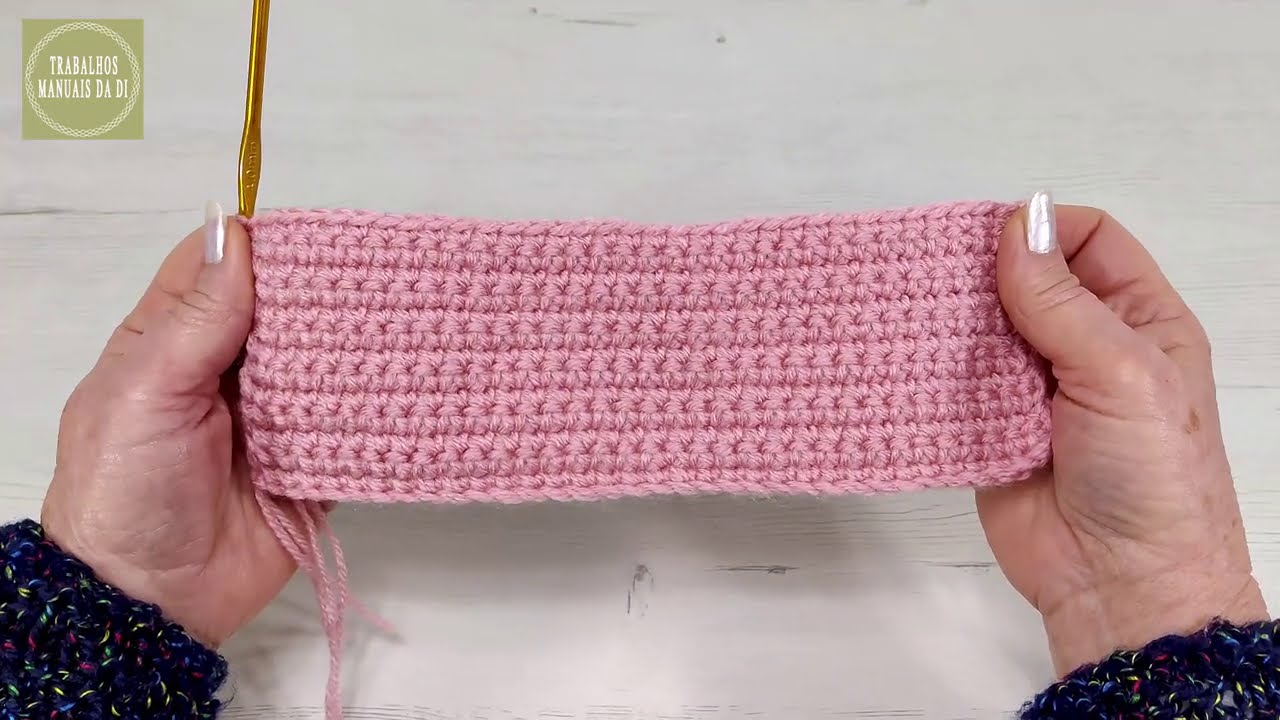
Rnd 1: Ch 22. 2 hdc in 3rd ch from hook (counts as first 3 hdc in corner). Hdc in next 18 chs. 5 hdc in last ch (this forms the toe end). Working down the other side of the starting chain: Hdc in next 18 chs. 3 hdc in the last ch (same ch as first hdc of the round). Join with a sl st to the top of the beginning ch 2. (Total: 46 hdc)
Rnd 2: Ch 2 (counts as hdc). Hdc in same st as join. 2 hdc in next hdc (from the 3 hdc group). Hdc in next 18 hdc. 2 hdc in next 5 hdc (forming the toe curve). Hdc in next 18 hdc. 2 hdc in next 2 hdc (from the 3 hdc group). Join with a sl st to the top of the beginning ch 2. (Total: 56 hdc)
Rnd 3: Ch 2 (counts as hdc). Hdc in same st as join. Hdc in next hdc. 2 hdc in next hdc. Hdc in next 18 hdc. (Hdc in next hdc, 2 hdc in next hdc) 5 times. Hdc in next 18 hdc. (Hdc in next hdc, 2 hdc in next hdc) 2 times. Join with a sl st to the top of the beginning ch 2. (Total: 66 hdc)
Rnd 4: Ch 2 (counts as hdc). Hdc in each hdc around. Join with a sl st to the top of the beginning ch 2. (Total: 66 hdc)
*Your sole should now be firm and oval-shaped. Place it under your foot to check the size. It should be slightly smaller than your actual foot to allow for stretching and a snug fit.*
Part 2: Slipper Body
Now we will build up the sides of the slipper.
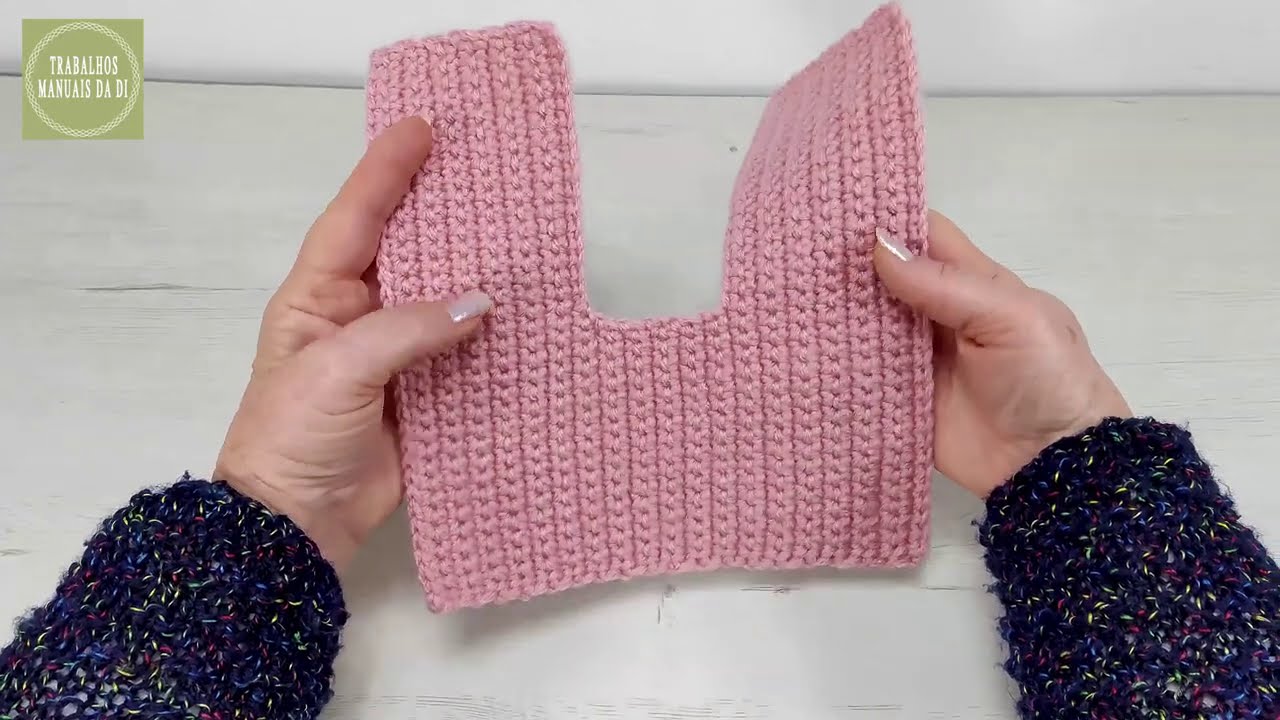
Rnd 5: Ch 2 (counts as hdc). Hdc in back loop only of each hdc around. Join with a sl st to the top of the beginning ch 2. Working in the back loop only creates a subtle ridge that defines the edge of the sole and helps the slipper stand up. (Total: 66 hdc)
Rnd 6 – Rnd 14 (or until desired height): Ch 2 (counts as hdc). Hdc in each hdc around. Join with a sl st to the top of the beginning ch 2. (Total: 66 hdc per round) Continue these rounds until the slipper covers your toes and reaches the top of your foot (instep). You might need more or fewer rounds depending on your foot size and desired coverage.
Part 3: Shaping the Foot Opening/Ankle
We will now decrease stitches to create the front opening of the slipper.
Rnd 15 (Decrease Round): Ch 2 (counts as hdc). Hdc in next 24 hdc. Hdc2tog 8 times. Hdc in next 25 hdc. Join with a sl st to the top of the beginning ch 2. (Total: 58 hdc)
Rnd 16: Ch 2 (counts as hdc). Hdc in each hdc around. Join with a sl st to the top of the beginning ch 2. (Total: 58 hdc)
Rnd 17 (Decrease Round): Ch 2 (counts as hdc). Hdc in next 22 hdc. Hdc2tog 6 times. Hdc in next 23 hdc. Join with a sl st to the top of the beginning ch 2. (Total: 52 hdc)
Rnd 18: Ch 1, sc in each hdc around. Join with a sl st to the first sc. This creates a neat, firm edge for the opening.

FO, leaving a long tail for seaming the heel if desired (or weave in ends).
Part 4: Finishing
- Seaming the Heel:
- Turn the slipper inside out.
- Fold the back edges of the slipper together, aligning the stitches.
- Using your tapestry needle and the long yarn tail (or a new piece of yarn), seam the heel shut using a whip stitch or mattress stitch. Ensure the seam is neat and secure.
- Weave in all ends: Use your tapestry needle to neatly weave in any loose yarn tails.
- Make a second slipper: Repeat all steps to create a matching slipper for the other foot!
- Optional: Edging around the opening: If you desire a firmer edge around the foot opening, you can work one more round of sc or crab stitch (reverse sc) after R18, before fastening off.
Video tutorial
Sizing Adjustments:
- For a smaller size (e.g., US 5-6):
- Start with a shorter chain for Rnd 1 (e.g., Ch 19 or 20).
- Adjust the hdc counts in Rnd 1-3 accordingly to form the oval. The goal is to have the initial chain be the length of your foot minus the toe/heel curves, and then build the oval.
- You might end up with a smaller total stitch count after Rnd 3 (e.g., 58 or 60 hdc).
- Reduce the number of rounds for the main body (Rnd 6-14).
- Adjust the decrease counts in Rnd 15 and 17 to match your smaller circumference.
- For a larger size (e.g., US 9-10):
- Start with a longer chain for Rnd 1 (e.g., Ch 25 or 26).
- Adjust the hdc counts in Rnd 1-3 accordingly to form the oval.
- You might end up with a larger total stitch count after Rnd 3 (e.g., 70 or 74 hdc).
- Increase the number of rounds for the main body (Rnd 6-14) as needed.
- Adjust the decrease counts in Rnd 15 and 17 to match your larger circumference.
General Sizing Tip: The most critical part for sizing is the sole (Rnd 1-4). Place the sole under your foot to see if it’s the right length and width. It should be slightly smaller than your actual foot, as crochet stretches. You can add more increase rounds for a wider foot if needed, just ensure you maintain an even shape.
Enjoy your comfortable, handmade slippers!
